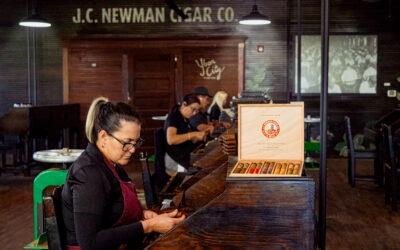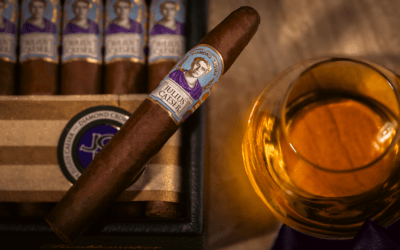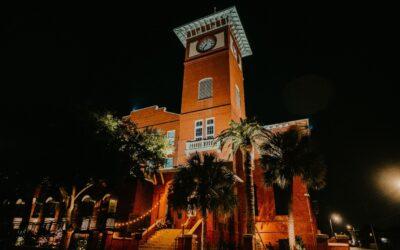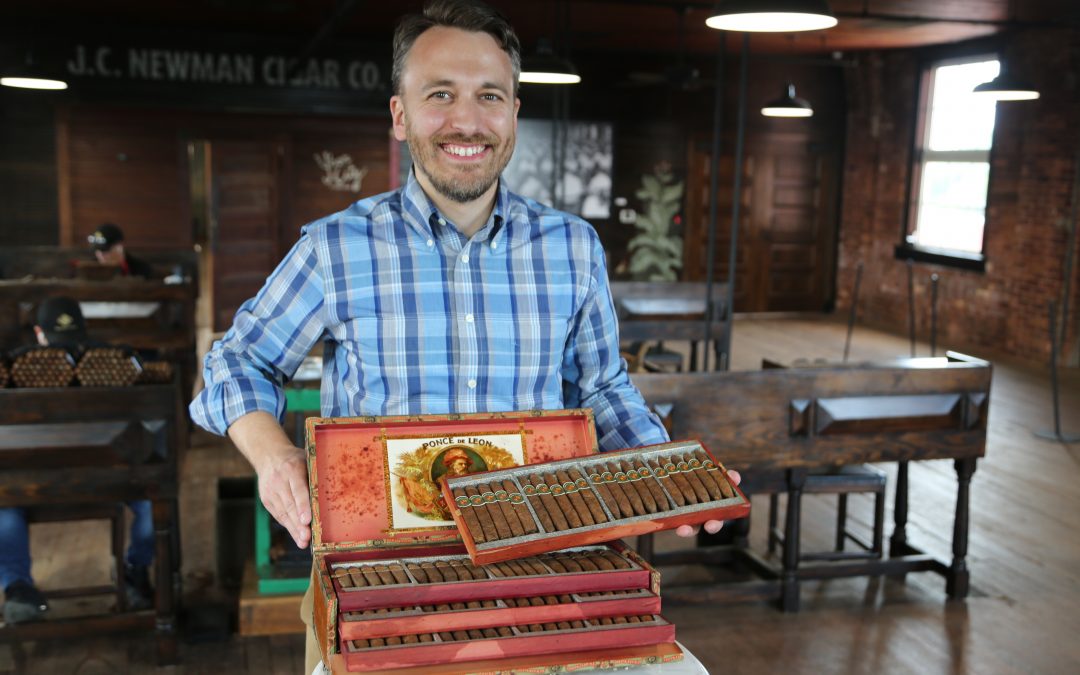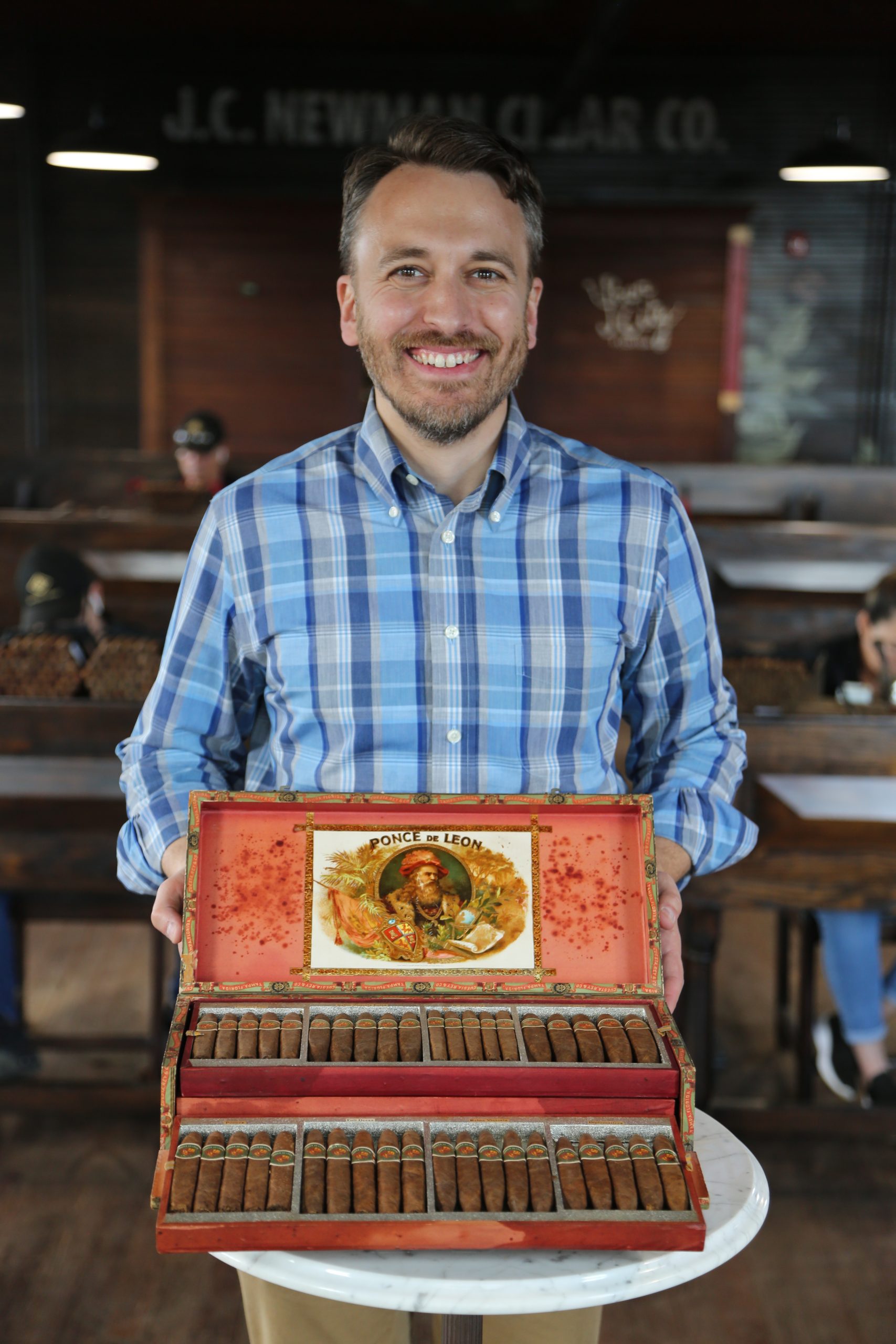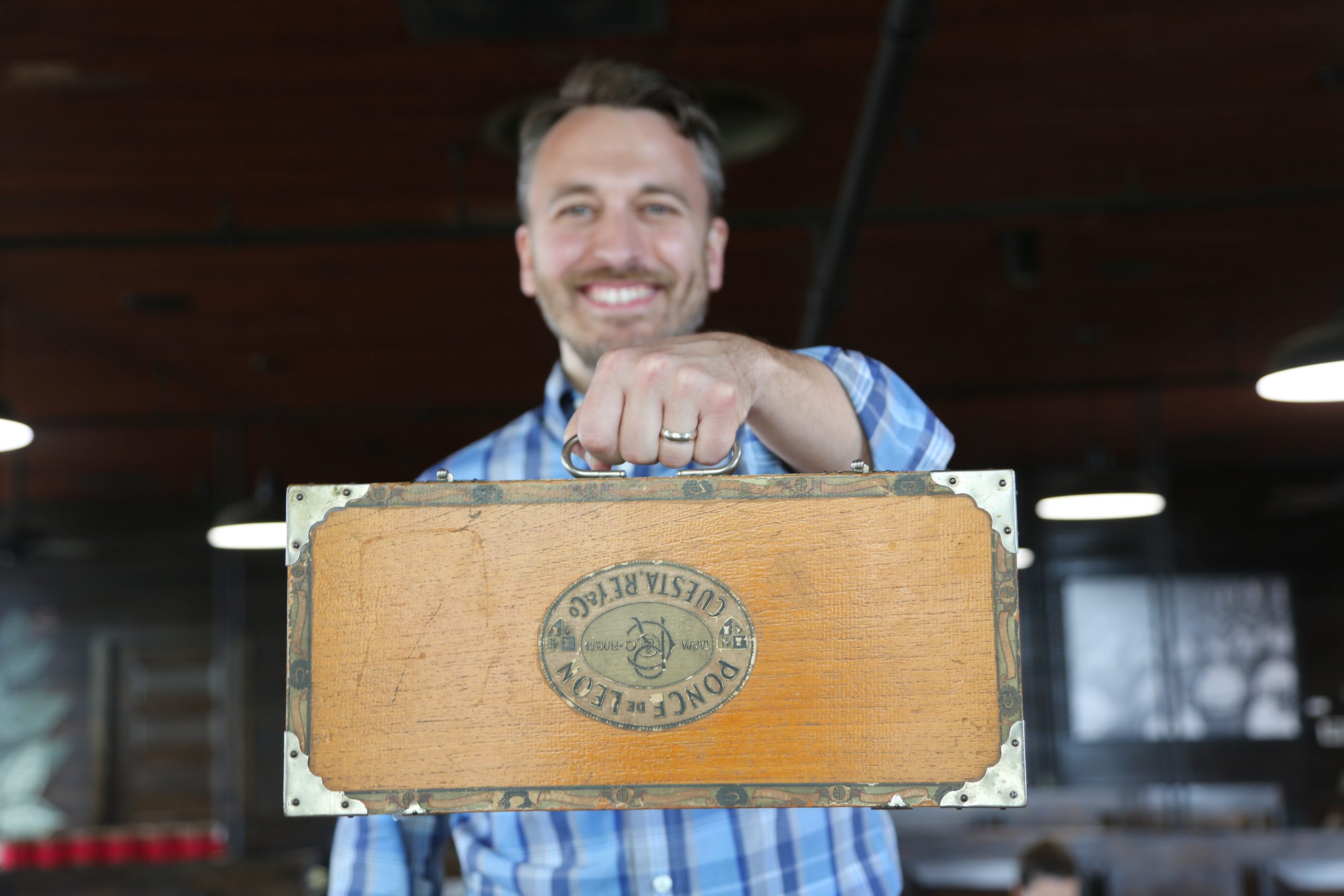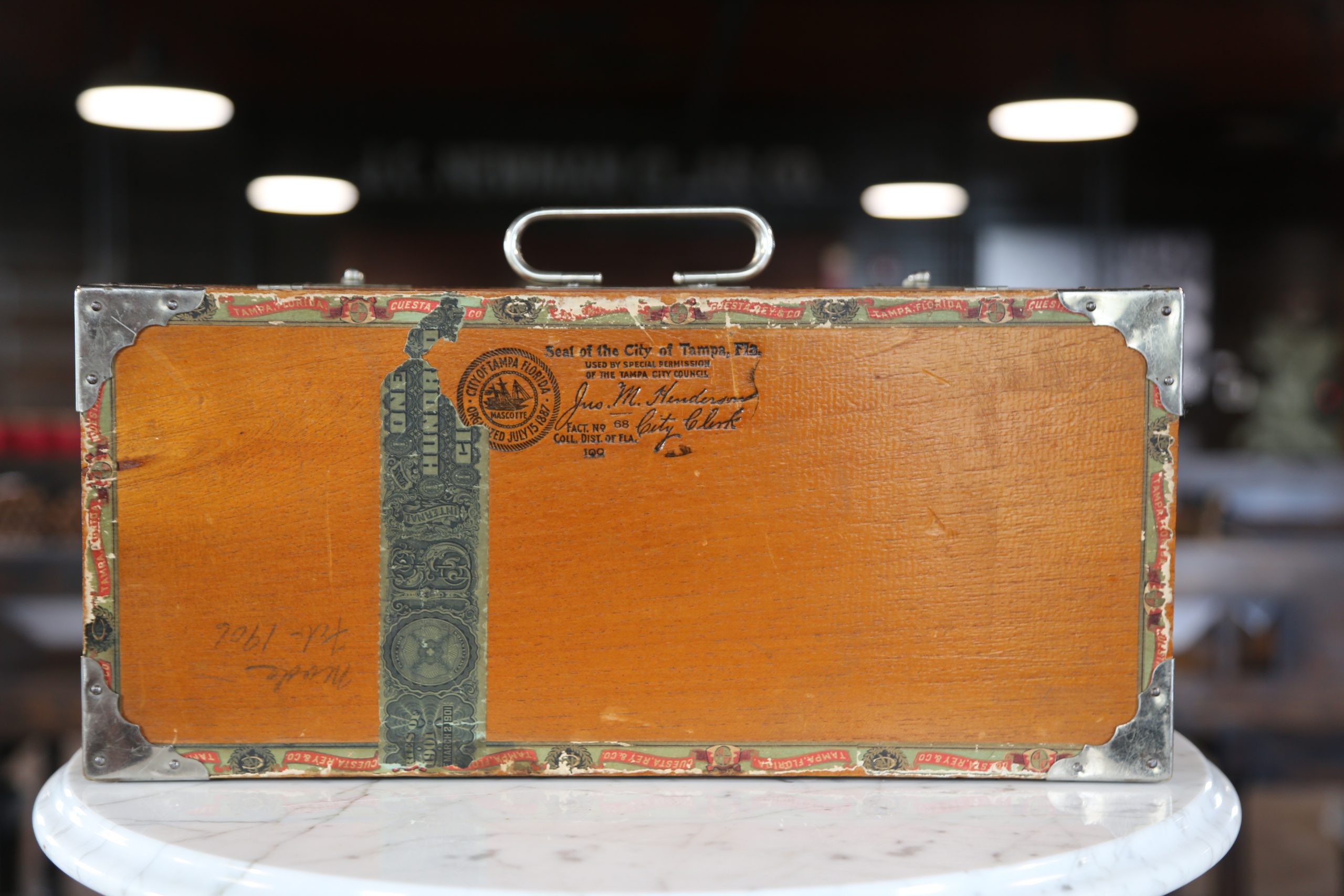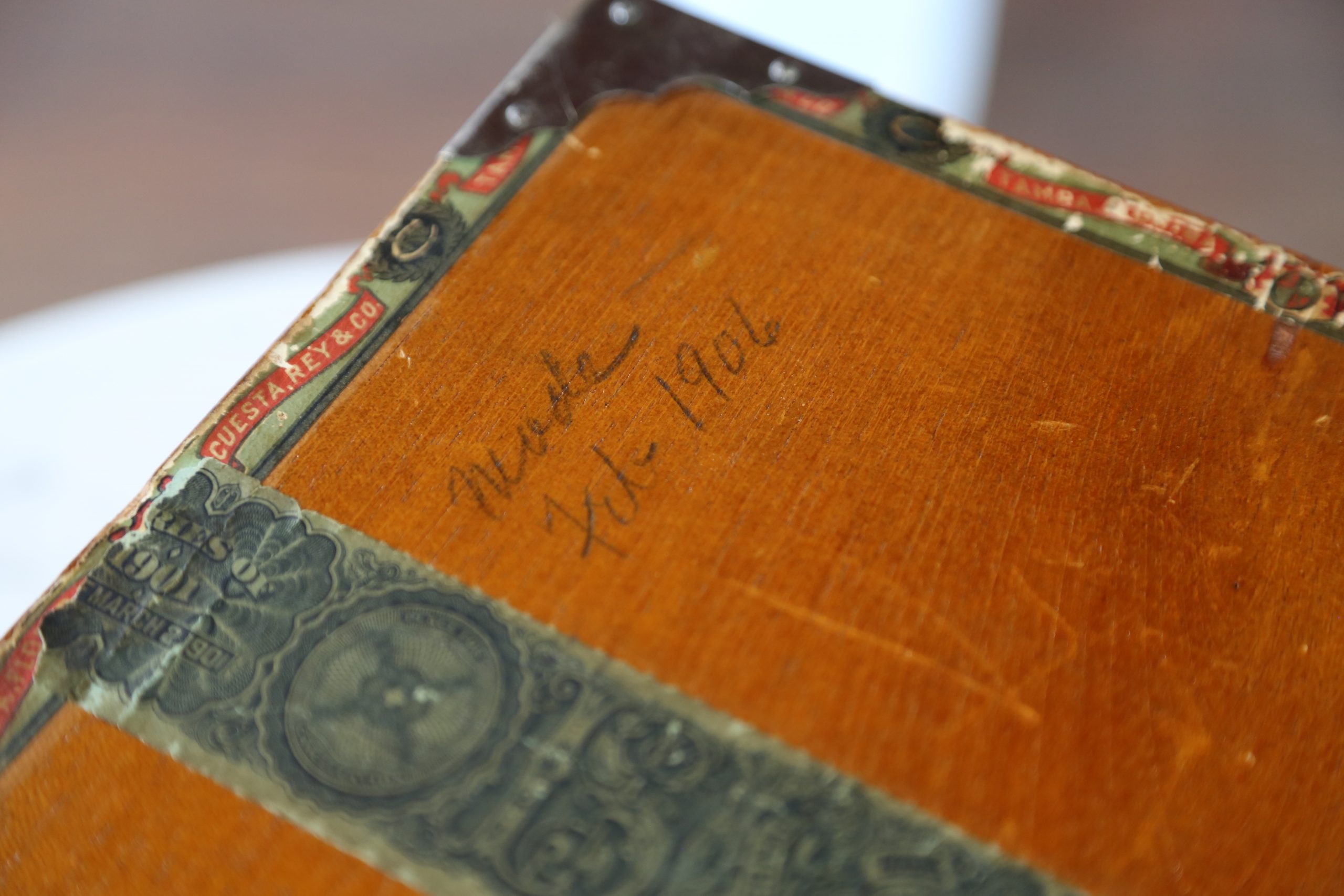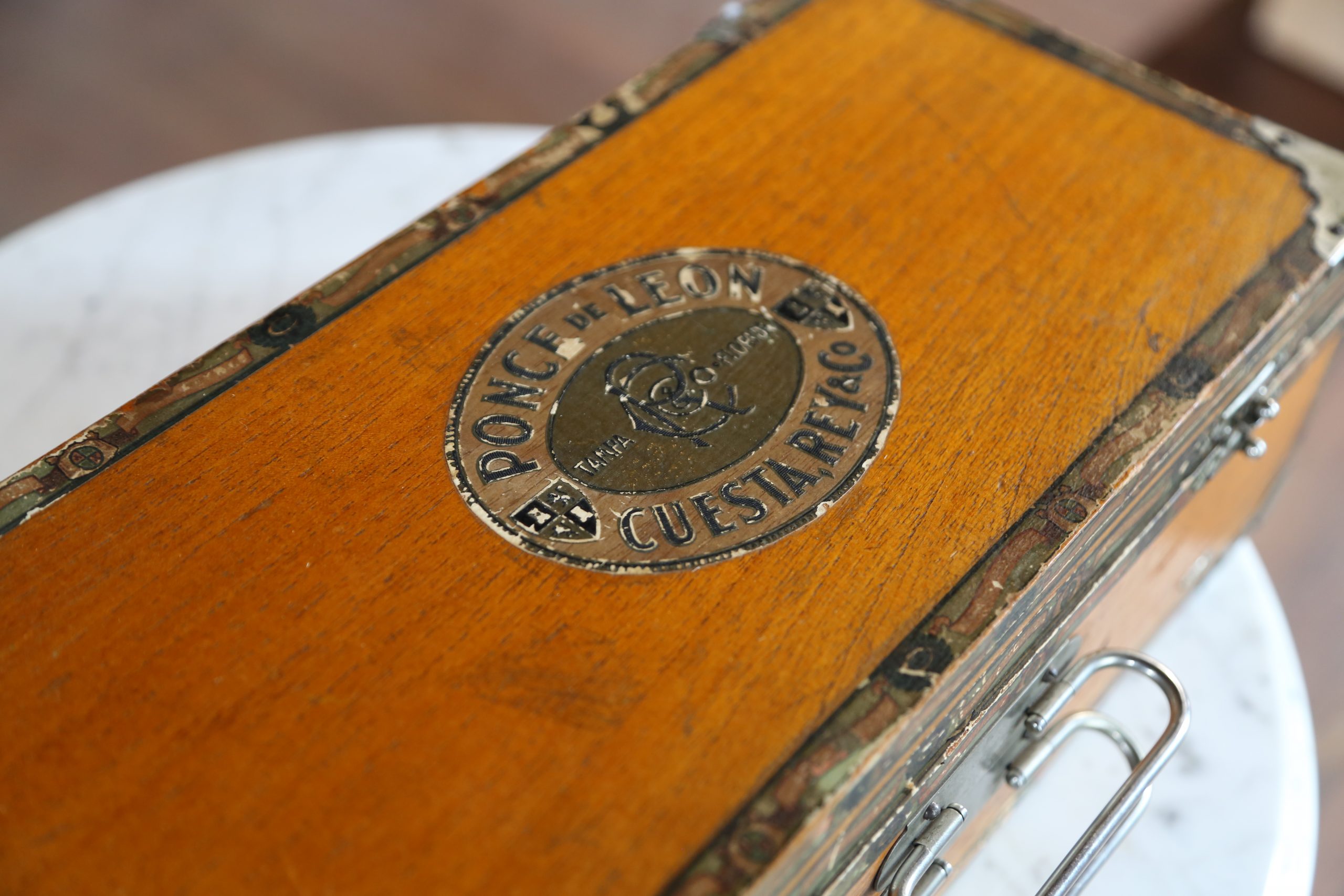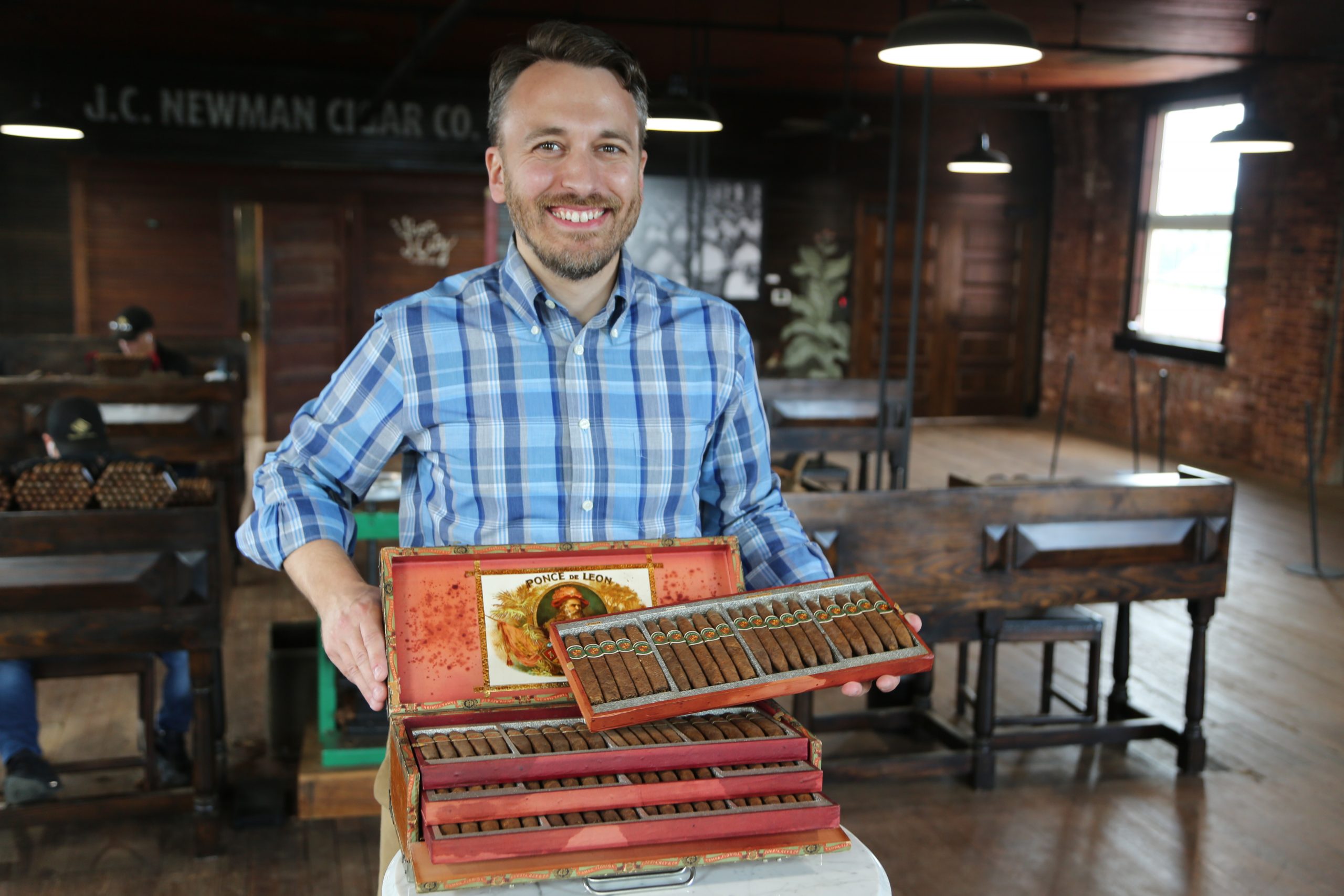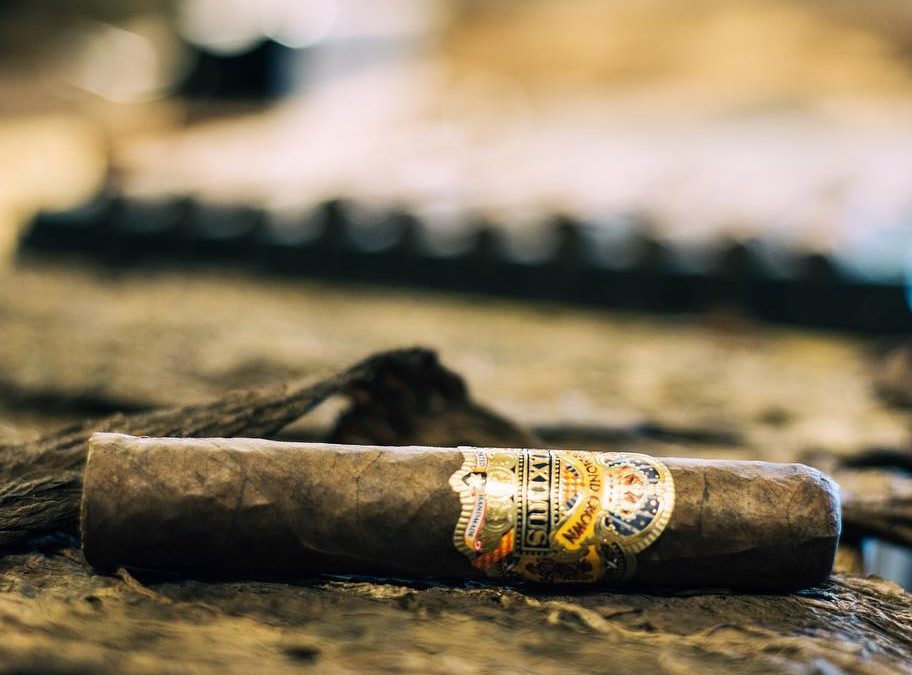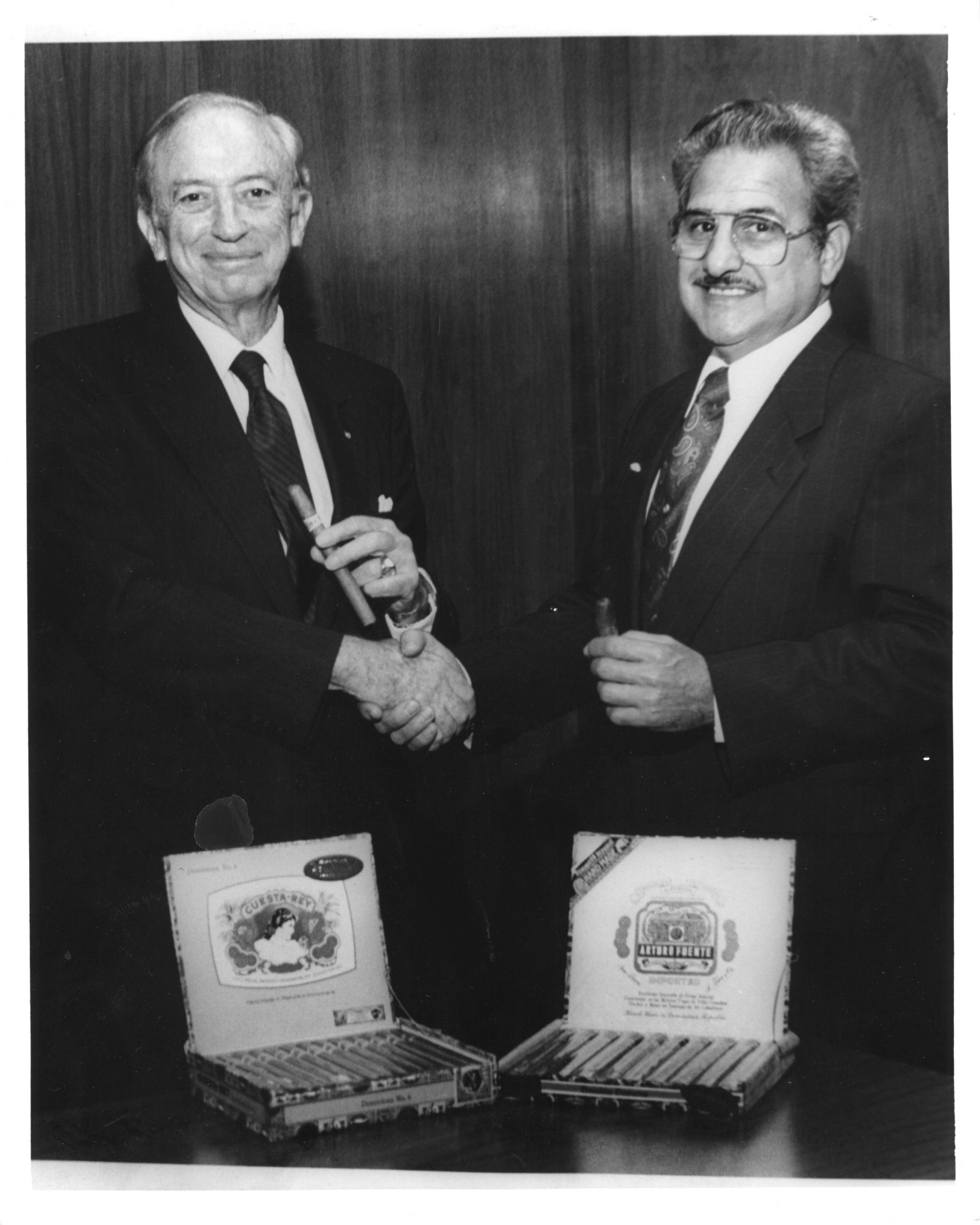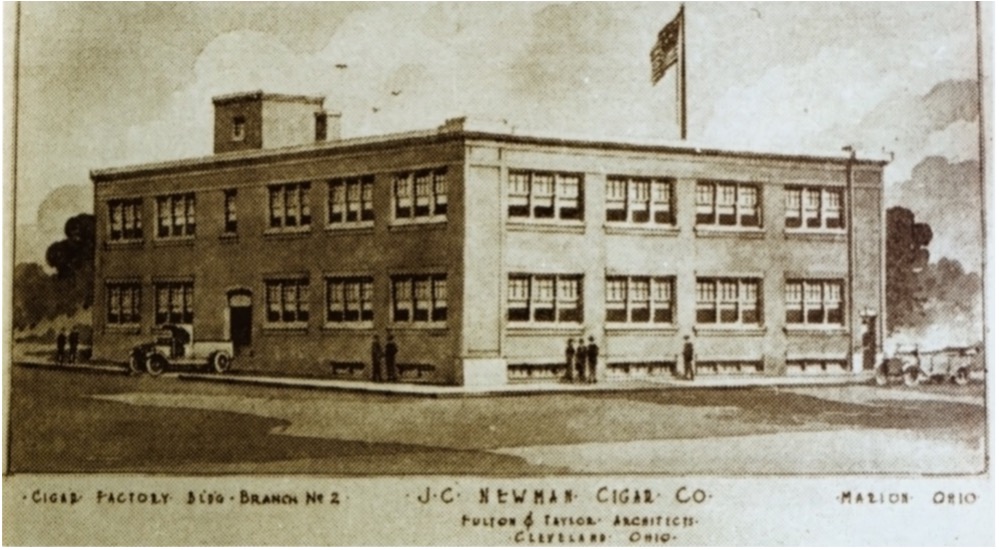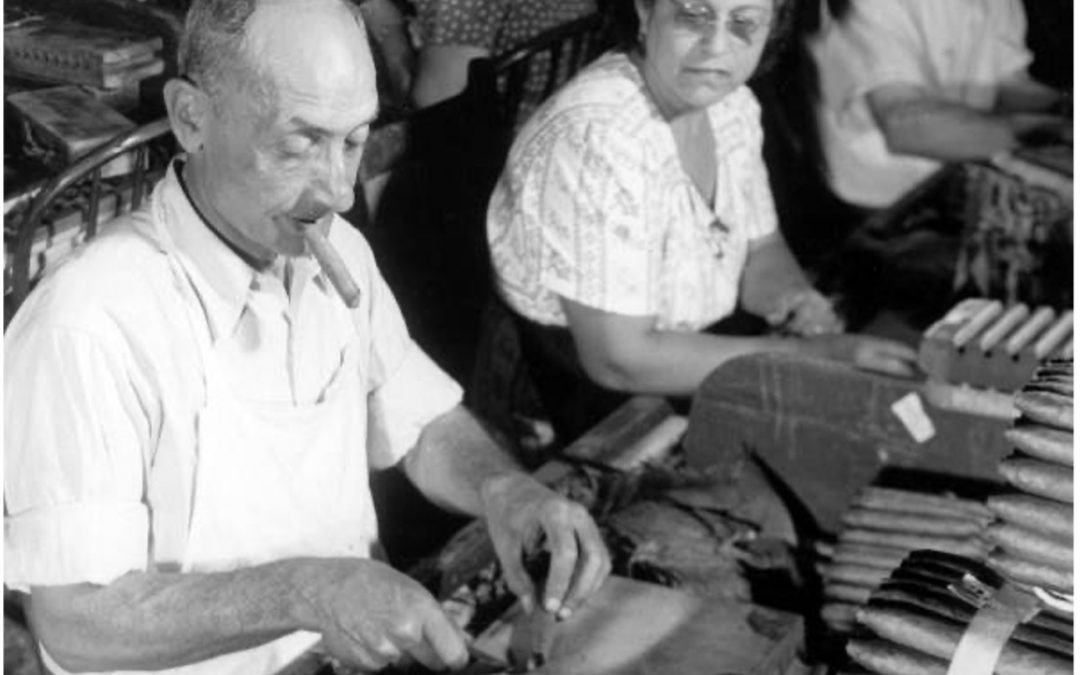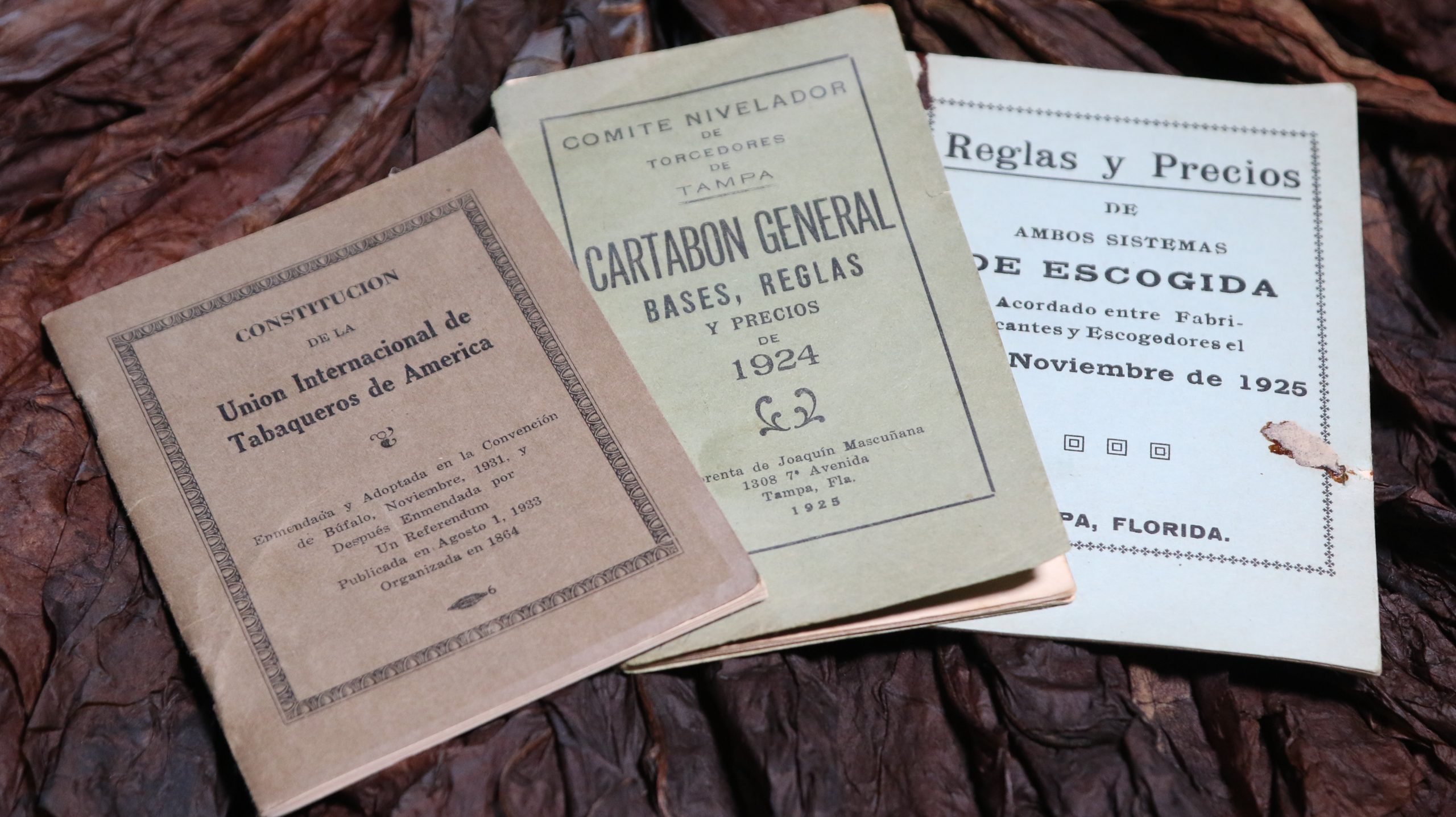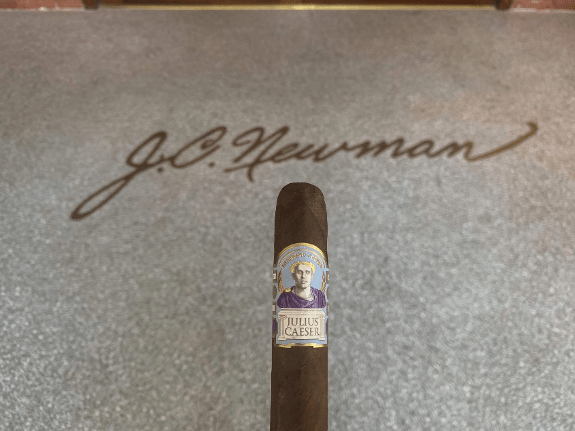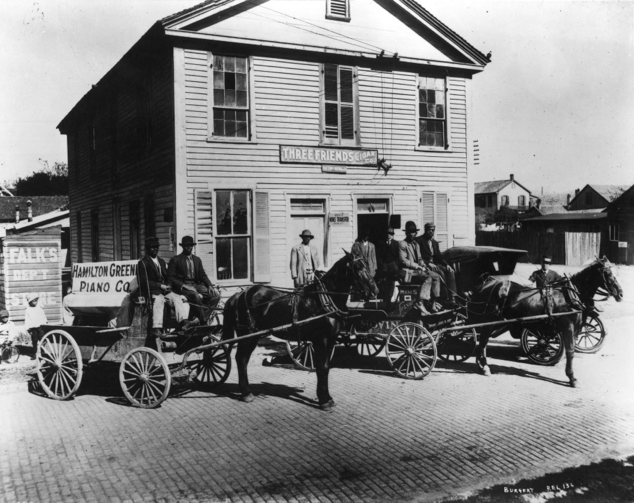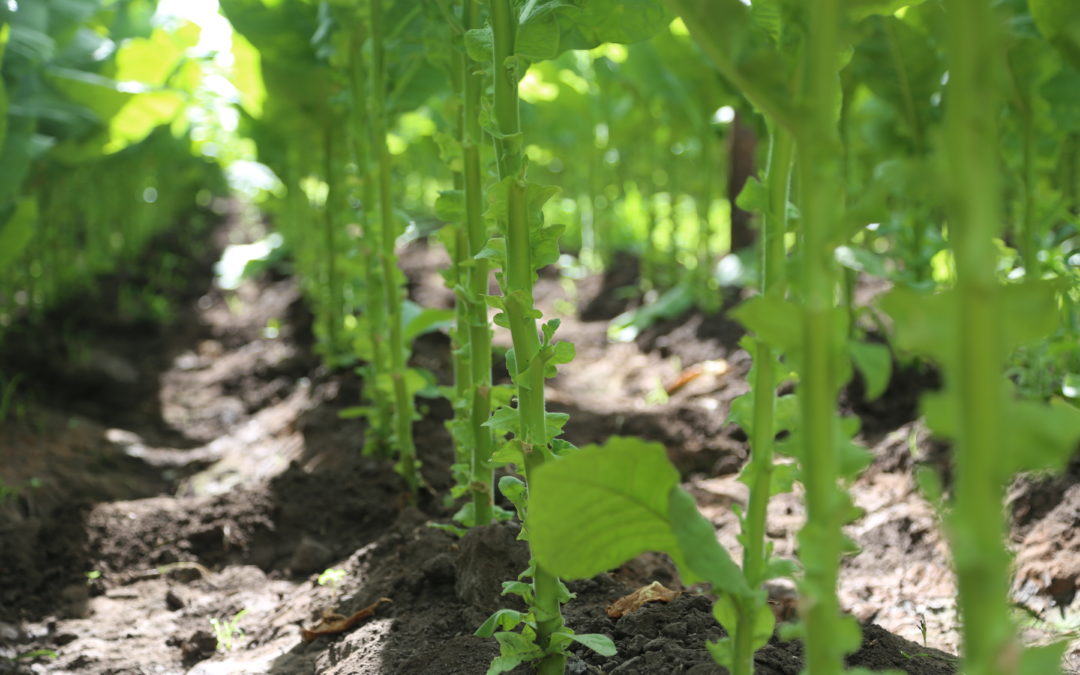J.C. Newman ships the el reloj collection, a 2024 taa exclusive This new limited edition box set includes the first release of angel cuesta shade and tampa smokers. Tampa, Fla. – Today, J.C. Newman Cigar Co. is shipping The El Reloj Collection to Tobacconist...
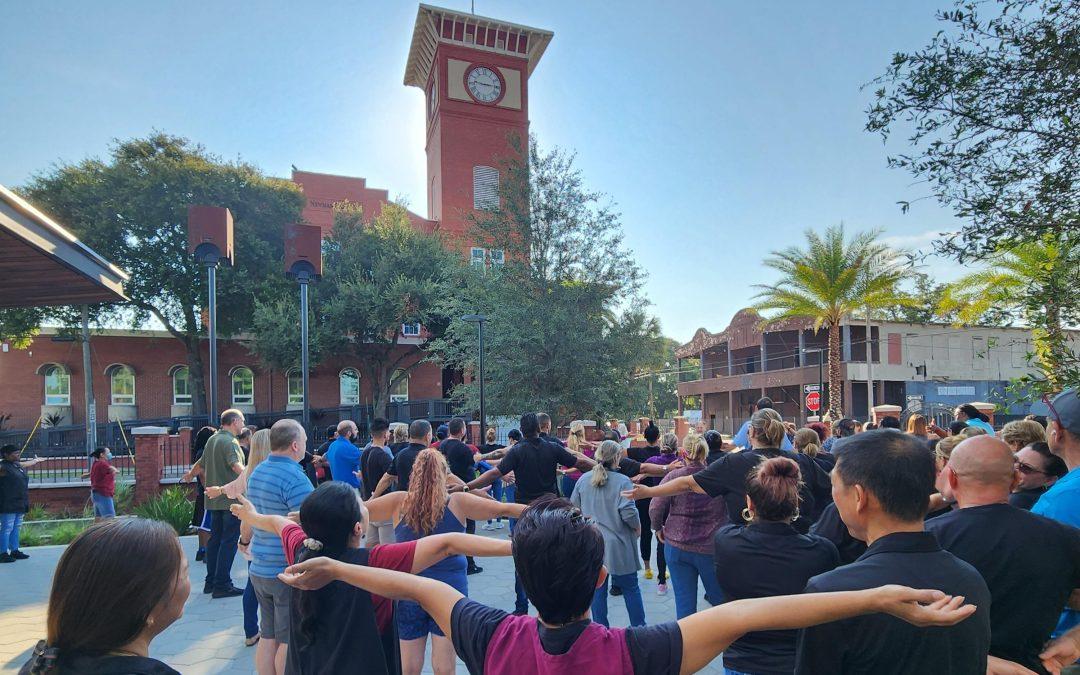
What is the Wishing Hour?
Tampa has always been a city between two worlds, the American South and the Latin World of the Caribbean. From the arrival of Cuban cigarmakers aboard the SS Hutchinson in the 1880’s to the construction of the Selmon Expressway in the 1970’s, change and movement have defined the quotidian lifestyle of the average Tampan. This lack of surety in tomorrow has led to the rise of numerous superstitious beliefs in Tampa. Tampa residents in general have long claimed Tocobaga Indian burial mounds ward off dangerous hurricanes. On a smaller scale, superstition in everyday ritual shaped each community in Tampa, especially in the richly diverse neighborhoods of East Tampa.

A melting pot of cultures, the Latin communities of Ybor City and West Tampa became melting pots of superstitious belief. Ybor City boys and girls believed if they let their father’s cigar match burn completely, they would soon be married to their true love. In West Tampa, two-dollar bills were believed to bring bad luck, leading many residents to rip off a corner.[1] Common amongst both communities was La Charada, a system for predicting the winning numbers of bolita lottery games based off dream interpretation. For Cuban households in Tampa, a visitor always had to leave the same way he came in so that he could take any bad luck with him. In Ybor City, old Afro-Cuban women were known to tie dimes on a string around their ankles to avoid financial bad luck. It should come as no surprise, then, to know that the cigar factories of Ybor City and West Tampa became sites of superstition.
Despite its ostensible importance to the community’s circadian rhythm, the clocktower had its share of problems. When J.C. Newman Cigar Co. bought the building in 1953, the age of the clocktower was beginning to show. As the population of cigarmakers dwindled after the Cuban Embargo in 1962, many came to see the timeless landmark as an eyesore. A Tampa police officer remarked that its inactivity in the 1960’s was a result of negligence. Stanford Newman claims a mother once asked him to turn off the bell because it was keeping her newborn child awake at night. One urban legend claims this woman was Tampa Mayor Dick Greco’s mother. Regardless, the next day a line of cigarmakers had formed to complain about the bell’s absence. Concerning the clock mechanism itself, an electrician named Wallace Jaka electrified the mechanism for the Newmans in 1956. This proved a poor decision in the “Lightning Capital of the World.” When lightning struck the factory, the mechanism died and remained inactive for many years.

Whatever the case for its inactivity, the clocktower was frequently out of order between J.C. Newman Cigar Co.’s move to Ybor City in 1953 and the clocktower’s restoration by Boyd Clocks in 2002. Perhaps due to this inactivity, many cigarmakers in the surrounding community began wishing upon the clocktower. It is here that the “Wishing Hour” was developed. Every morning, cigarmakers began wishing upon the clock at 9:15am in the hopes that all their dreams would come true. Because the clocktower was often frozen at 9:15am, the tradition gained massive popularity. Even today, J.C. Newman Cigar Co. honors the “Wishing Hour” every September 15th at 9:15am. A peculiar superstition, this is just another part of the special legacy of “Cigar City” seen in J.C. Newman Cigar Co.
[1] Perez, R; Perez, A L.; and Federal Works Agency. Work Projects Administration. Federal Writers’ Project. Florida., “Superstitions” (1930). Tampa WPA Office Papers. 18.
J.C. Newman Ships The El Reloj Collection
J.C. Newman Introduces The Troublemaker
J.C. Newman Cigar Co. Introduces The Troublemaker This soft perfecto is the newest size in the Diamond Crown Julius Caeser brand of luxury cigars. J.C. Newman Cigar Co. introduces The Troublemaker, a new size to its top-selling Diamond Crown Julius Caeser brand...
J.C. Newman Cigar Company: A Timeless Wedding Venue
Welcome to J.C. Newman Cigar Company: Where History Meets Elegance Are you searching for a wedding venue that exudes beauty, elegance, and timeless charm? Look no further than J.C. Newman Cigar Company, located in the heart of Ybor City. Our historic venue offers a...
